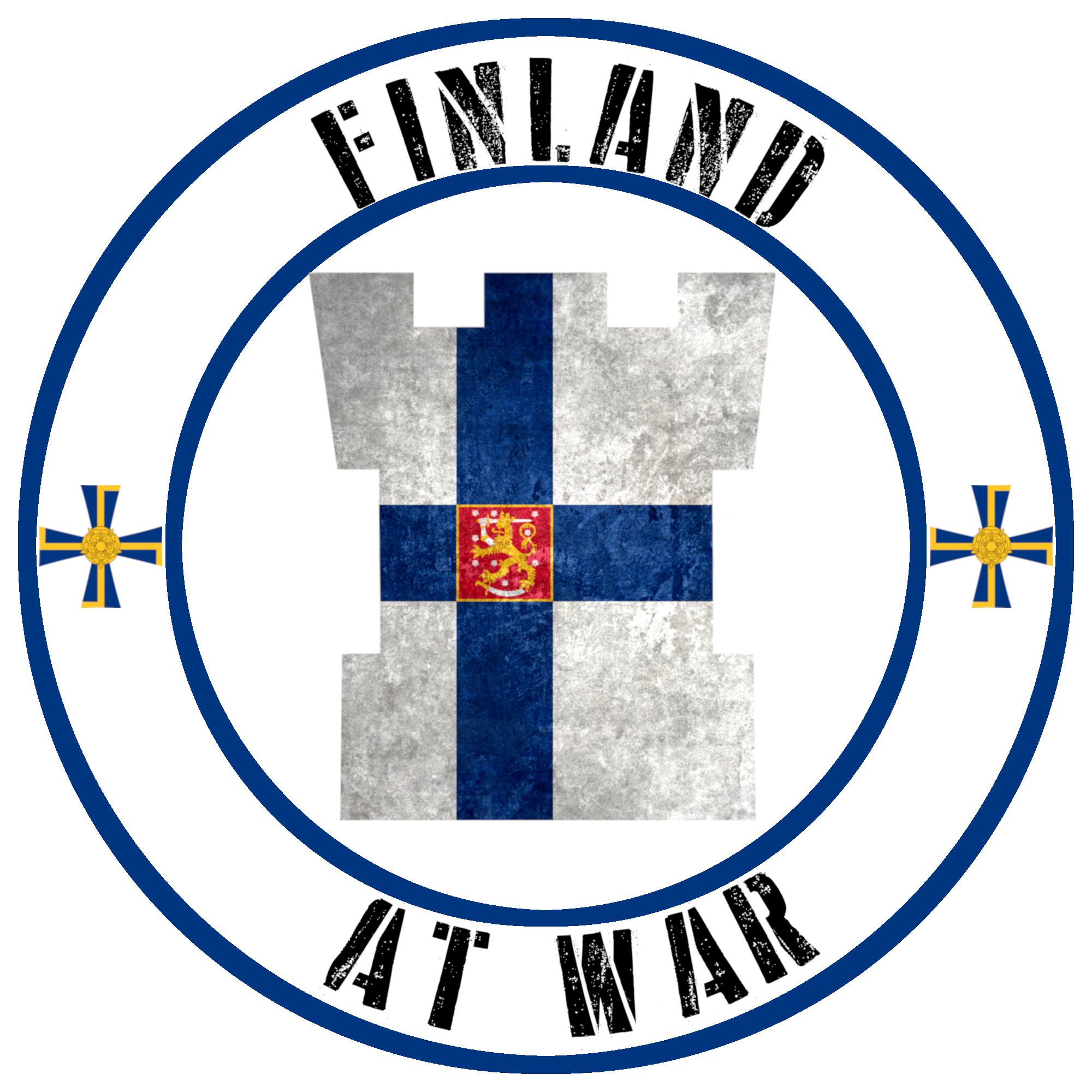By the evening of the first day of the war, 87 Finnish soldiers were recorded as killed. As the second day of the war came to a close, another 80 names were added to the list of heroes. Mannerheim had the name of each fallen warrior read to him by an adjutant ,gently nodding after each one. One name struck him more closely than the others in those early days, Luutnantti (Lieutenant) Jorma Kaijus Gallen-Kallela, the son of his old friend and former aide-de-camp, Akseli Gallen-Kallela.

Gallen-Kallela Family
It is impossible to visit Finland for any length of time and not see something that has been touched by the Gallen-Kallela Family. The chances are that any look at Finland or its culture, even a casual and brief one, would see you exposed to a work of Gallen-Kallela. To state the name Gallen-Kallela was integral to the creation of Finland’s national identity would see little challenge.

Axel Waldemar Gallén was born on 26th April 1865 in the city of Pori, Finland into a Swedish-speaking family. He soon was noticed for his talent of artistry and was sent to art schools in Finland and France to hone his skill. He became fascinated with the Finnish national epic, Kalevala, and his honeymoon saw him in Karelia and he became almost obsessed with what would soon become known as Kalevala-Karelian Romanticism. He drifted more into Finnish nationalism. He met with like minded individuals such as Jean Sibelius , Eino Leino and Robert Kajanus. He even changed him name to Gallen-Kallela in 1907 to emphasise his Finnishness. He and his wife, Mary Helena, had 3 children together, Marjatta (who unfortunately passed away when she was 4 years old), Kirsti and Jorma. Both children became proficient artists in their own right. Jorma was first schooled by his father before studying in Argentina, Denmark, France and Austria. He helped his father with the frescoes of the National Museum and he repainted the frescoes in the Juselius Mausoleum after they were destroyed by fire. He also designed several Kalevala style stamps.

Jorma and his father both joined the White Forces during the Finnish civil war. He partook in several battles and proved to be an effective leader, eventually leading a platoon as the war ended. He stayed within the military straight after the war, becoming a teacher at the Vöyri military school. He remained in the reserves during the 20s and 30s, being called back to service in October 1939. He was assigned to the Brigade Staff of the Cavalry Brigade with the rank of Lieutenant. He was given the assignment of communications officer, as well as assistant to the commander of the Pioneer Company.
His sacrifice
In a repeat of the first day, waves of Red Army Air Force bombers flew across the front lines to strike at targets within the country. Finland’s anti-aircraft weaponry may have been few but they were mostly concentrated in the Karelian Ishtmus and this resulted in many losses for the Soviet aircraft. One such bomber, a Tupolev SB-2, was brought down near the border village of Lempiälä. Luutnantti Gallen-Kallela was sent out with 4 other men to search the wreckage, when they arrived they found no sign of the crew. A quick search of the area revealed footsteps and bloodstains. The patrol noticed the trail led to a farm and so they began their search there. Luutnantti Gallen-Kallela and another officer went to check out the barn, they heard no sounds from within but they didn’t take any chances. The other officer opened the door and within seconds a shot from within passed mere centimeters from him, Jorma slammed the door close while pushing the officer to the floor as more shots were fired. As the officer regained his composure, he saw that his friend, Luutnantti Gallen-Kallela was lying dead, his actions had saved his life and he took a mortal wound in the process.

The Soviet aircrew inside the barn were determined to sell their lives dearly and a small skirmish ensued. Eventually the aircrew were overwhelmed, one lay dead and another was seriously wounded. The only Finnish casualty was Luutnantti Gallen-Kallela, a patriot who had already fought for Finland’s freedom in 1918. His body was laid to rest at Ruovesi church. He left behind his wife and 2 children but his sacrifice rescued a future national hero, General of the Infantry Adolf Ehrnrooth, from certain death.

Just in closing, it is often stated that Luutnantti Gallen-Kallela was the first officer to fall in the Winter War, however this isn’t the truth. On the first day of the war, 3 officers fell. The first to fall was Luutnantti Lauri Alfred Sipari. The other two were Luutnantti Antti Albert Nikula and Vänrikki (2nd Lieutenant) Uuno Iisakki Salonen.
Sources
https://propatria.fi/talvisodan-upseerit/
http://web.archive.org/web/20080429223244/http://www.mil.fi/perustietoa/talvisota/timer-3.html
Sander, Gordon F. The Hundred Day Winter War: Finland’s gallant stand against the Soviet army (University Press of Kansas, 2013)


One thought on “Heroes of Finland – Jorma Kaijus Gallen-Kallela – The Patriotic Artist”